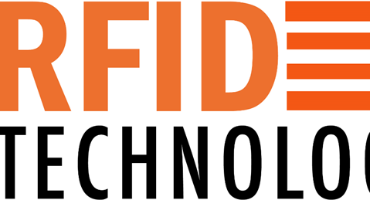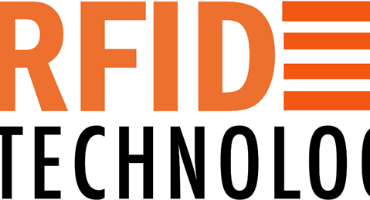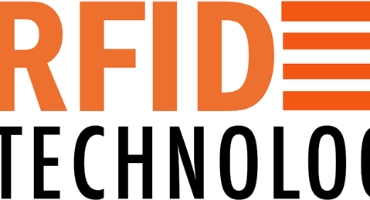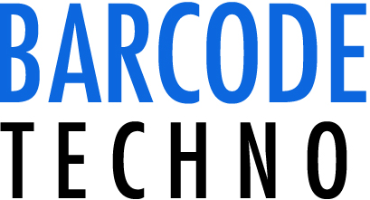Here's how this integration can work:
RFID Reader Integration: RFID readers are devices that communicate with RFID tags using radio waves. They capture the unique identification data stored in RFID tags when they come within range. AI algorithms can be designed to integrate with RFID readers, enabling them to receive and process the data captured by the readers.
Data Processing: Once the RFID reader captures the data from the RFID tags, the AI algorithms can process and analyze this information. The algorithms can extract relevant data points such as the tag ID, location, timestamp, and any additional sensor data associated with the tags.
Real-time Tracking: By continuously receiving data from RFID readers, AI algorithms can track the movement and location of tagged objects or assets in real-time. This allows for global visibility, as the AI system can monitor and analyze the data from RFID readers deployed in different locations.
Event Detection: AI algorithms can be trained to detect specific events or conditions based on the RFID data. For example, they can identify when an object enters or exits a specific area, when there is a sudden change in an asset's status, or when a predefined rule or threshold is triggered. This enables real-time event detection and alerts for timely response and decision-making.
Analytics and Insights: The collected RFID data can be further analyzed by AI algorithms to derive meaningful insights. For instance, patterns, trends, and correlations can be identified to optimize supply chain management, predict demand fluctuations, or improve operational efficiency. These insights can provide valuable information for informed decision-making and strategic planning.
Integration with Other Systems: AI algorithms can integrate with other systems, such as enterprise resource planning (ERP) systems or inventory management platforms, to provide a holistic view of the collected RFID data. This integration enables real-time updates, synchronization of data across systems, and seamless information flow.
By combining AI algorithms with RFID UHF Readers, both Mobile RFID Handheld Readers and Fixed-Mount UHF RFID Readers, and RFID Antennas, and UHF RFID sensor label tags, organizations can achieve global visibility of their assets, products, or objects in real-time. This integration allows for efficient tracking, event detection, data analysis, and actionable insights, leading to improved operational efficiency, better decision-making, and enhanced supply chain management.
UHF RFID tags and label - both hard and soft UHF RFID Label Tags can be attached to items or packaging, allowing for real-time tracking of inventory. This enables businesses to automate stocktaking, reduce manual errors, streamline replenishment processes, and improve overall inventory accuracy. Real-time tracking of inventory doing automate stocktaking using UHF RFID Readers - both Fixed-mounted UHF RFID Readers as well as Portable Mobile UHF RFID Readers





